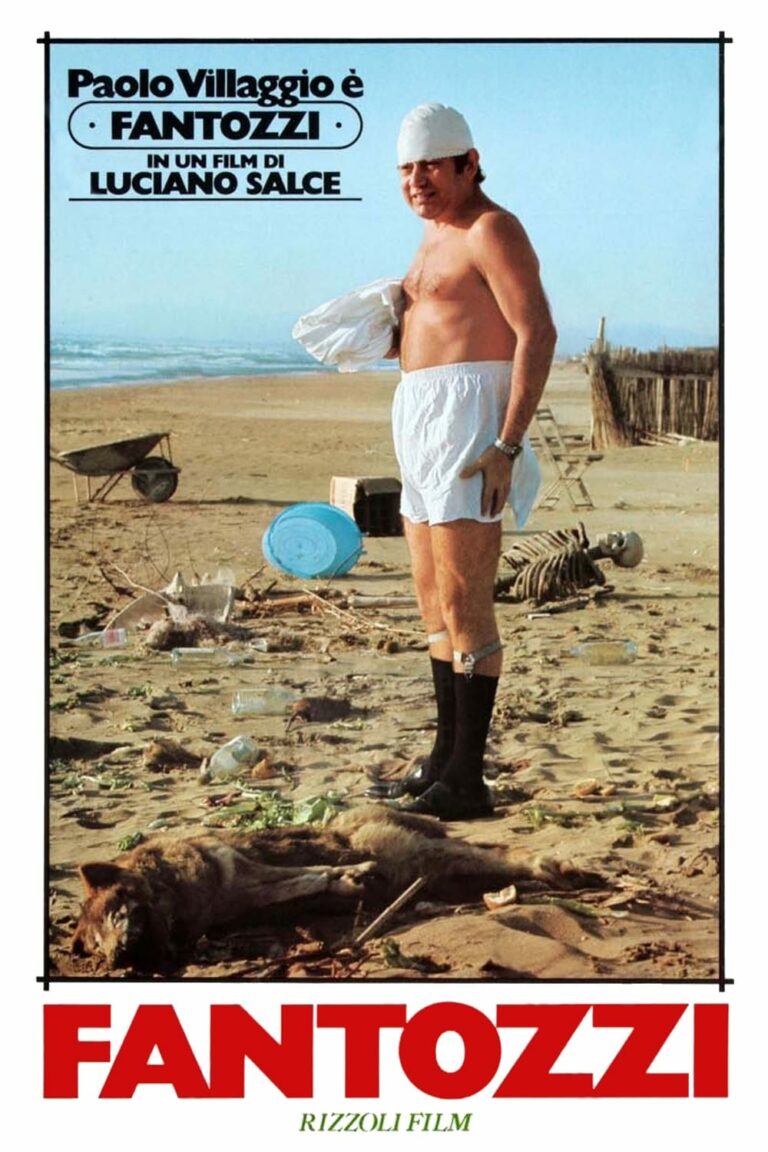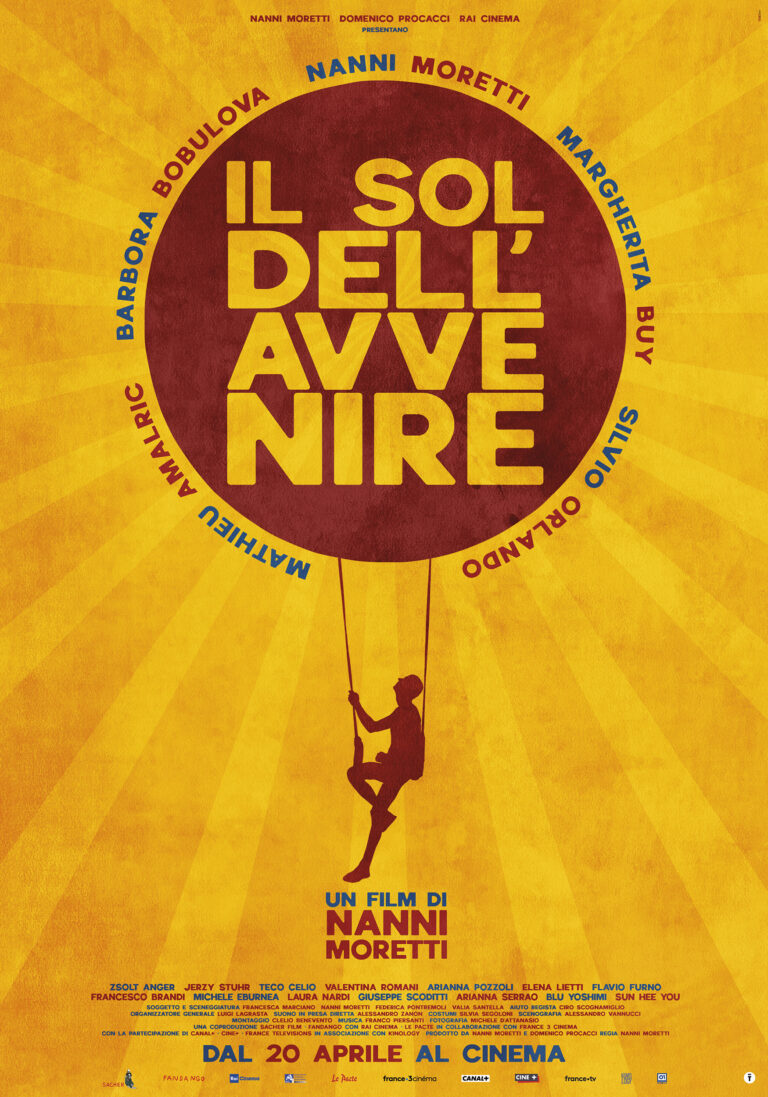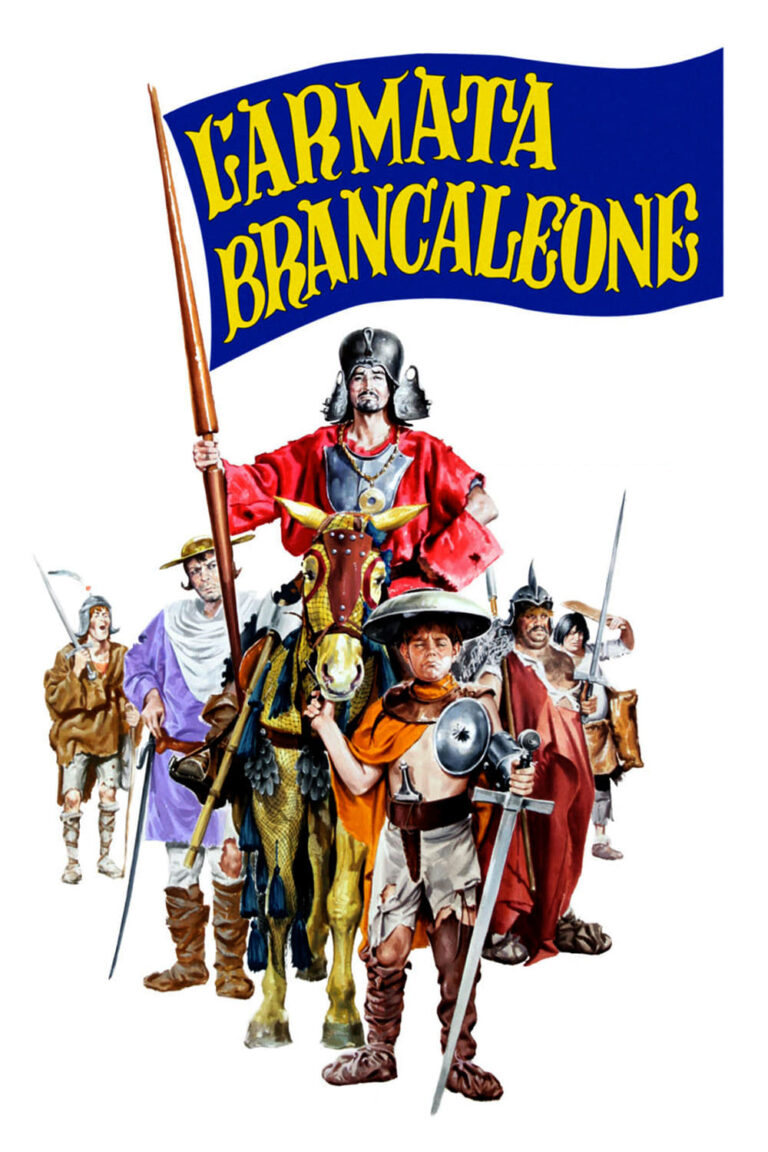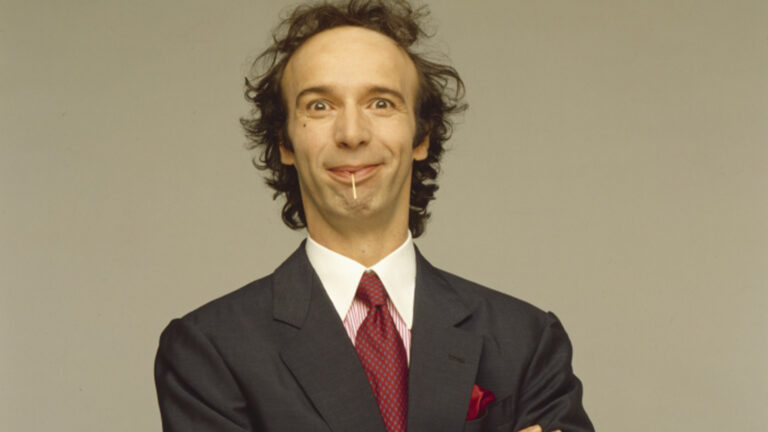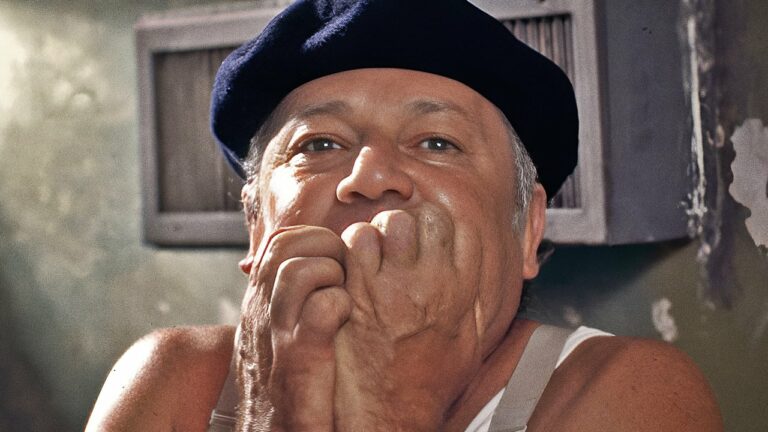The White Sheik (Lo sceicco bianco): Federico Fellini’s Whimsical Exploration of Fantasy and Reality
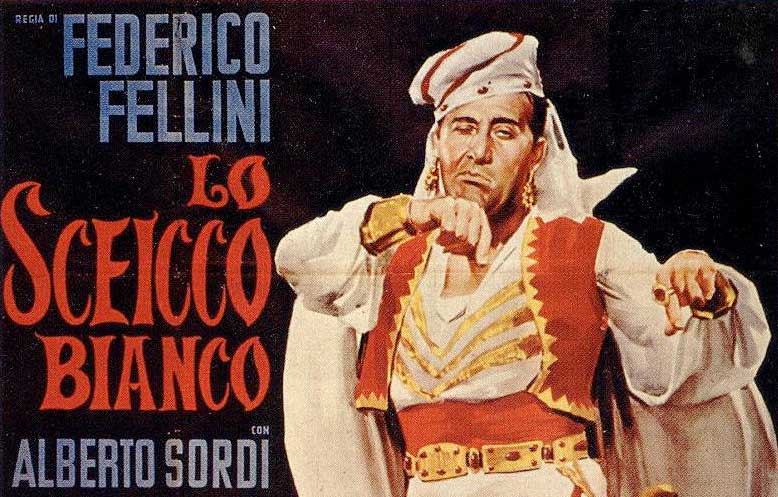
The White Sheik (Lo sceicco bianco), released in 1952, is a groundbreaking romantic comedy that marked Federico Fellini’s first solo directorial feature. The film stars Alberto Sordi, Leopoldo Trieste, Brunella Bovo, and Fellini himself in a cameo role, and boasts a screenplay co-written by Fellini, Tullio Pinelli, Ennio Flaiano, and Michelangelo Antonioni. With its biting humor and nuanced satire, the film examines the tension between idealized fantasies and the rigid expectations of post-war Italian society.
Set amidst the chaotic beauty of Rome, The White Sheik captures Fellini’s emerging fascination with themes of celebrity, identity, and the poignant disconnection between personal desires and societal obligations. Though often overshadowed by Fellini’s later masterpieces such as La Dolce Vita and 8½, this early gem remains a delightful and thought-provoking exploration of the human condition.
Plot Summary: Dreams, Deception, and Comic Misadventures
The story follows Ivan and Wanda Cavalli, a newlywed couple from a small provincial town, who travel to Rome for their honeymoon. Ivan (played by Leopoldo Trieste) is a staid and traditional man, eager to impress his family and fulfill a meticulous itinerary of respectable activities, including meeting the Pope and introducing his new bride to his relatives. Wanda (Brunella Bovo), however, harbors a secret obsession with a serialized photo comic strip featuring the dashing “White Sheik,” an exotic and flamboyant hero played by Alberto Sordi.
Unable to resist the pull of her fantasies, Wanda sneaks away from her unsuspecting husband to visit the studio where the comic strip is produced. What begins as a whimsical escapade quickly spirals out of control when Wanda is swept up in the absurdities of the Sheik’s world, including an impromptu excursion with his film crew. Meanwhile, Ivan, oblivious to her whereabouts, is left to entertain his overbearing family, leading to increasingly awkward and farcical situations as he tries to conceal her disappearance.
The film’s humor lies in the stark contrast between Ivan’s neurotic adherence to social propriety and Wanda’s naive yet reckless pursuit of fantasy. As the plot unfolds, the dichotomy between their characters serves as a microcosm of the broader clash between post-war Italy’s traditional values and the allure of modern, escapist ideals.
Themes: A Satirical Look at Fantasy and Society
1. The Power and Pitfalls of Fantasy
At its core, The White Sheik is a meditation on the seductive power of fantasy and the inevitable disappointment of reality. Wanda’s infatuation with the titular Sheik reflects the escapist tendencies of post-war Italian society, where comic strips and movies offered solace from the harsh realities of everyday life. However, as Wanda’s adventure turns chaotic and disillusioning, the film underscores the dangers of losing oneself in unattainable ideals.
2. The Burden of Social Expectations
Ivan’s obsession with appearances and societal norms highlights the stifling rigidity of traditional values. His desperation to maintain the illusion of a perfect marriage in front of his family and peers contrasts sharply with Wanda’s carefree pursuit of her dreams, creating a poignant commentary on the pressures faced by individuals in conformist societies.
3. The Satire of Celebrity Culture
Years before Fellini’s later films would delve deeper into the phenomenon of celebrity, The White Sheik offers an incisive critique of idol worship. The Sheik himself, portrayed with comedic brilliance by Alberto Sordi, is a vain and shallow caricature, embodying the gap between public personas and the flawed individuals behind them.
4. Gender Roles and Innocence
The film also touches on gender dynamics, particularly through Wanda’s character. Her wide-eyed innocence and romantic naivety juxtapose the calculating pragmatism of Ivan and the selfish opportunism of the Sheik. Wanda’s journey, though comedic, speaks to the limited avenues available to women for personal expression during the era.
Fellini’s Artistic Vision: A Glimpse of Greatness
1. Early Signs of Fellini’s Style
While The White Sheik lacks the surrealism and dreamlike quality of Fellini’s later works, it hints at the themes and visual motifs that would define his career. His focus on the clash between ordinary life and extraordinary dreams, as well as his fascination with eccentric characters, is evident throughout the film.
2. Use of Setting
The choice of Rome as the backdrop for the film is significant. The city’s bustling streets, historic grandeur, and modern chaos create a vivid stage for the characters’ misadventures. The contrast between the splendor of Rome and the mundanity of the characters’ lives underscores the film’s exploration of fantasy versus reality.
3. Comedy with Depth
Fellini’s comedic approach in The White Sheik is both lighthearted and layered. While the surface narrative is filled with slapstick humor and absurd situations, the deeper narrative critiques societal norms and human foibles.
The Performances: A Stellar Ensemble
1. Alberto Sordi as The White Sheik
Sordi delivers an unforgettable performance as the narcissistic and clueless Sheik, blending charm and absurdity with perfect comedic timing. His portrayal is both a satire of celebrity culture and a commentary on the fragility of public personas.
2. Brunella Bovo as Wanda Cavalli
Bovo’s performance as Wanda captures the innocence and whimsy of a young bride caught between her dreams and reality. She imbues the character with a relatable vulnerability that makes her missteps endearing rather than foolish.
3. Leopoldo Trieste as Ivan Cavalli
Trieste’s portrayal of Ivan is a masterclass in physical comedy and understated pathos. His escalating anxiety and awkward attempts to maintain appearances create some of the film’s most memorable moments.
Reception and Legacy
Critical Acclaim
Upon its release, The White Sheik received critical acclaim for its sharp wit, engaging performances, and incisive social commentary. Critics lauded Fellini’s ability to blend humor with cultural critique, recognizing the film as an early indicator of his burgeoning talent as a director.
Influence on Cinema
The film’s exploration of celebrity obsession and its interplay between reality and fantasy would inspire future filmmakers. Woody Allen, for instance, cited The White Sheik as a major influence on his 2012 film To Rome with Love.
A Launching Pad for Fellini
The White Sheik is now seen as a pivotal work in Fellini’s filmography, bridging his early career as a screenwriter and his later status as one of cinema’s most influential auteurs. Its whimsical yet incisive narrative set the stage for more ambitious projects like La Dolce Vita and 8½.
Filming Locations: A Distinctly Italian Backdrop
The film’s locations—spanning Rome, Fregene, Spoleto, and Vatican City—infuse it with a strong sense of place. The bustling streets of Rome and the serene countryside create a visual contrast that mirrors the characters’ emotional journeys. Fellini’s ability to integrate the grandeur of Italy into his storytelling enhances both the comedic and dramatic elements of the film.
Conclusion: A Timeless Satire
The White Sheik is a delightful blend of humor, romance, and social satire that reflects Fellini’s unique ability to balance lighthearted storytelling with profound cultural commentary. With its sharp wit, memorable performances, and timeless themes, the film remains a cornerstone of Italian cinema and an essential work in Fellini’s oeuvre.
Though rooted in 1950s Italy, its exploration of the human tendency to escape into fantasy and the societal pressures that shape our lives continues to resonate with audiences around the world. As the bridge between Fellini’s early career and his later masterpieces, The White Sheik stands as both a charming comedy and a significant cultural artifact, ensuring its place in the annals of film history.
